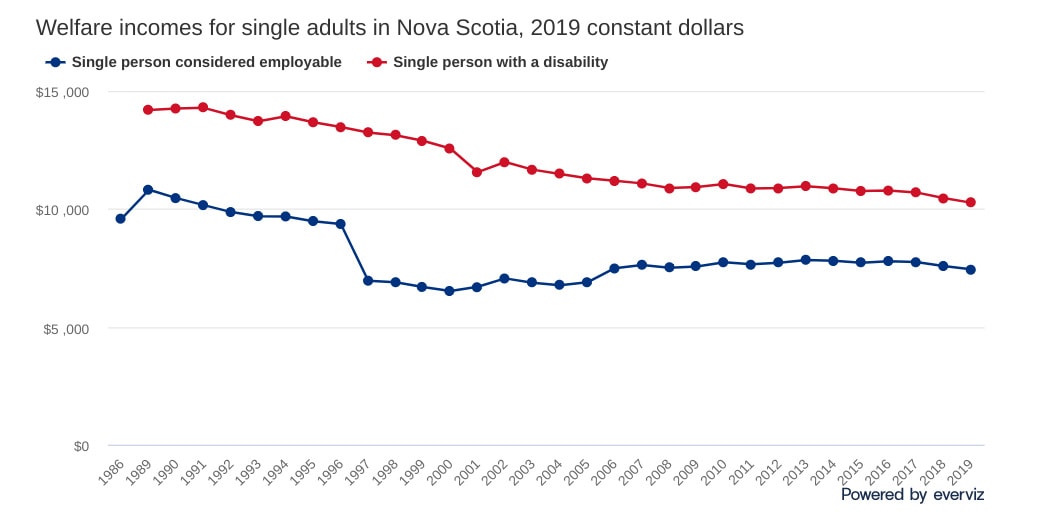
KJIPUKTUK (Halifax) – If it was up to the three candidates running for the Liberal leadership Nova Scotians would be governed very differently. Province House would be sitting, the Lahey report would be fully implemented by now, and fighting climate change would be a provincial top priority.
Never mind that each candidate served as a minister under retiring Premier McNeil. That’s just politics. Believe what you want.
Just don’t believe that any of the three candidates intends to do anything truly substantive about the deep poverty experienced by many Nova Scotians.
I say this because at the last debate all three candidates came out in favour of raised income assistance rates.
I remember attending a pre-election forum on poverty in 2013. Joanne Bernard was running, and she promised the world. But when she became minister of Community Services it was all forgotten.
“We are working on benefit reform to make sure we look at the longer term. We know that incremental changes, $2 here and $5 there, does not make a substantial difference in the lives of people,” Bernard told the CBC.
Kelly Regan, who replaced Bernard when she was defeated in the last election, has often said the same thing.
Well, in 2020 welfare reform finally arrived. In January 2020 assistance recipients with disabilities received a 5% increase in benefits, others saw a 2% increase.
But when you do the calculations you find that when you take into account inflation most people on Income Assistance will have less purchasing power, even after they finally receive that raise the department had been talking about since 2014.
National comparisons bear this out.
The Welfare in Canada reports look at the total incomes available to those relying on social assistance (often called “welfare”), taking into account tax credits and other benefits along with social assistance itself.
The report shows how people on income assistance in Nova Scotia are among the very poorest in Canada.
Incomes for any household type are far below the poverty line. In fact, incomes for single persons considered employable and single parents with one child are furthest below the poverty line among all the provinces.
And as this graph shows, over the years it has only gotten worse.

Meanwhile, 41,370 children, one in four, live in poverty in Nova Scotia. For children under six that number is actually almost one in three! Again, we’re among the very worst provinces.
After over 7 years of Liberal government this is where we are.
The next Liberal premier may well do something about all this. It’s possible.
But if that happens it will not be because of a promise made during a leadership race. It will be because of political pressure, and that pressure can only come from the people who are directly affected and their allies.
With a special thanks to our generous donors who make publication of the Nova Scotia Advocate possible.
Subscribe to the Nova Scotia Advocate weekly digest and never miss an article again. It’s free!




What’s that sound? Nova Scotia taking a nose dive off its undeserved pedestal. Governments-without-heart are the bane of our existence.